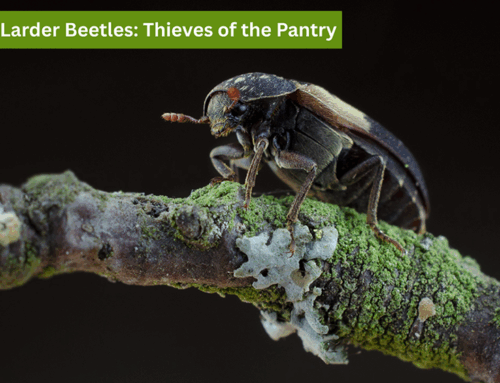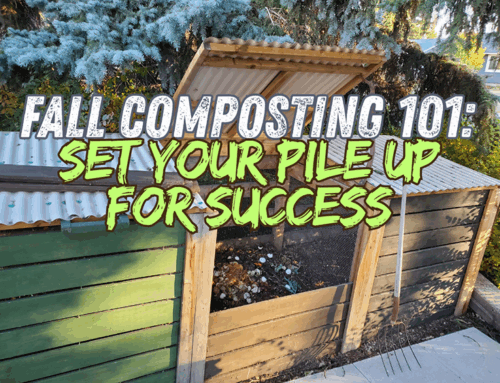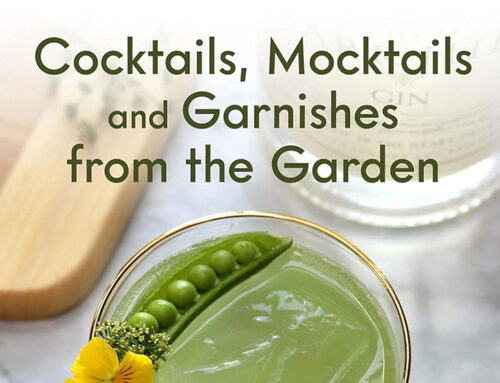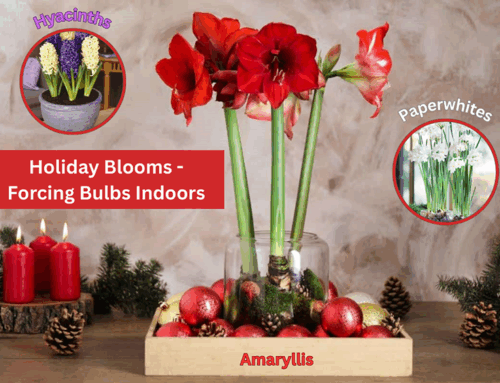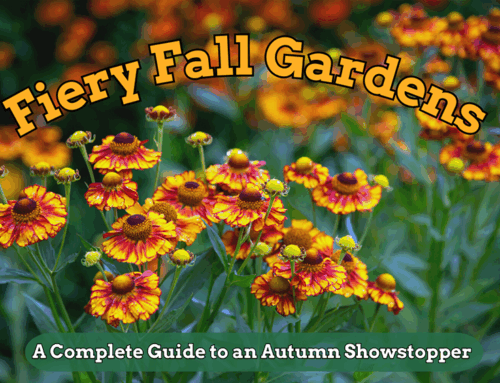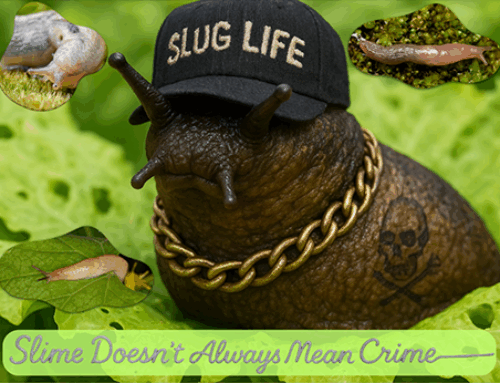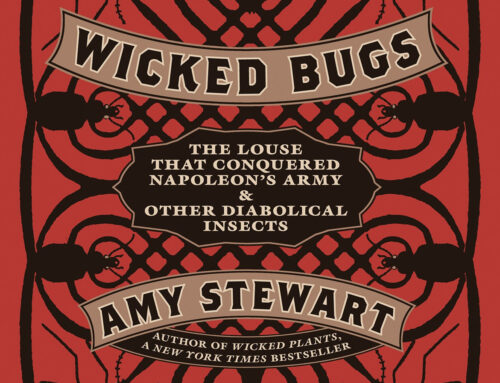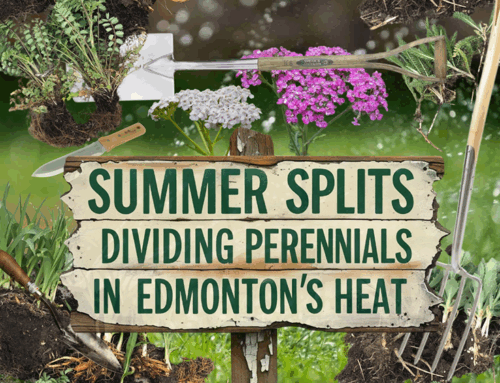Knot To Be Overlooked!
By Brett Kerley
Many of you have heard of the gruesome-looking disease, Black Knot. It can sweep in and take over your beautiful mature Mayday tree, making it an eyesore for any homeowner or passerby. So, what is this disease and how can we prevent it from infecting the whole neighbourhood? Let’s delve right in and take a closer look at why this is suddenly appearing on your trees and shrubs and, even better, how to discourage it.
What is Black Knot?
 Black knot is caused by the fungus Apiosporina morbosa. This fungus overwinters in the galls on branches and trunks. It is very common on certain Prunus species – most notably ornamental and fruiting plums, cherries, and chokecherries. The fungus enters young twigs, branches and fruit stems, causing abnormal growth and swelling of the bark and wood. The fungus galls quickly enlarge into hard black knots, made up of both plant and fungal tissue. The knots girdle the twig or branch, causing it to die back. The galls also release spores that spread the disease. The spores are released during wet periods in the spring, and, with the help of wind, rain, and birds, find their way onto new green shoots. Any damaged or wounded branches can also be infected. The infection hides out within the branch and you will not know it’s there until you start seeing symptoms of the disease several months later. Sometimes, the branch and the gall die after spores are released in early spring. If the branch does live, the knot will keep getting bigger and produce new spores every spring.
Black knot is caused by the fungus Apiosporina morbosa. This fungus overwinters in the galls on branches and trunks. It is very common on certain Prunus species – most notably ornamental and fruiting plums, cherries, and chokecherries. The fungus enters young twigs, branches and fruit stems, causing abnormal growth and swelling of the bark and wood. The fungus galls quickly enlarge into hard black knots, made up of both plant and fungal tissue. The knots girdle the twig or branch, causing it to die back. The galls also release spores that spread the disease. The spores are released during wet periods in the spring, and, with the help of wind, rain, and birds, find their way onto new green shoots. Any damaged or wounded branches can also be infected. The infection hides out within the branch and you will not know it’s there until you start seeing symptoms of the disease several months later. Sometimes, the branch and the gall die after spores are released in early spring. If the branch does live, the knot will keep getting bigger and produce new spores every spring.
If you find black knot appearing on the trunk, it will not cause the trunk to rot, but the cracks from the infection can let in other wood-rotting fungi.
How to Manage Black Knot
 Pruning
Pruning
To control black knot, prune out the galls in late fall or during the winter months, ideally when temperatures are below freezing. This will prevent black knot spores from infecting the pruning wound. It is also much more visible during this period because the leaves have fallen, allowing you to see where it has been infected.
I recommend cutting it back 8-10 inches (20 cm to 25 cm) below the gall or to a healthy bud or side branch. Now here’s the trick: I usually carry a spray bottle with a bleach solution, 10% bleach and 90% water mix. Every time I cut off an infected branch, I spray my saw and wipe it with a cloth so I don’t spread the disease elsewhere. Others may use a bucket with this solution and just dip their tools in there. Put all diseased material in your black garbage cart, NEVER the green waste cart. It can also be disposed of by burning it.
Fungicide
You can prevent future infection (but not cure an existing one) if you apply a fungicide just before the trees begin spring growth. However, if you see the infection in just the one tree or shrub, you can likely manage it with pruning.
Fungicides with one of the following active ingredients are effective in protecting trees from black knot:
- Captan
- Chlorothalonil
- Thiophanate-methyl
- Lime sulphur
To protect the young green shoots of the tree, fungicide should be applied in early spring before the flower buds open. Depending on the type you choose, repeat sprayings may be required. And remember, never spray when it’s windy out!
For larger trees, it’s advisable to hire a professional arborist as they have all the necessary equipment to safely reach those upper branches.
What Trees are Less Likely to Get Black Knot?
There are a number of trees and shrubs that are less susceptible to getting the fungus. Some to consider are:
- Nanking cherry (Prunus tomentosa) (also known as Downy Cherry)
- Pin cherry (Prunus pensylvanica) (also known as Bird Cherry, Fire Cherry)
- Purple leaf sand cherry (Prunus x cistena)
- Sargent cherry (Prunus sargentii)
- Sand cherry (Prunus pumila)
- Sour cherry (Prunus cerasus)
- Western sand cherry (Prunus pumila var. besseyi)
Rarely affected:
- Amur chokecherry (Prunus maackii)
- Flowering almond (Prunus triloba ‘Multiplex’
What If You See it Elsewhere?
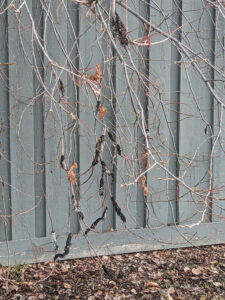 If you see Black Knot on a tree or shrub in a neighbour’s yard, perhaps knock on their door and politely let them know that you think they may have the black knot fungus. Let them know how to treat it or refer them to this page. If you see it on city property, either call 311 or send in the observation on the 311 app.
If you see Black Knot on a tree or shrub in a neighbour’s yard, perhaps knock on their door and politely let them know that you think they may have the black knot fungus. Let them know how to treat it or refer them to this page. If you see it on city property, either call 311 or send in the observation on the 311 app.
Happy gardening, everyone!


